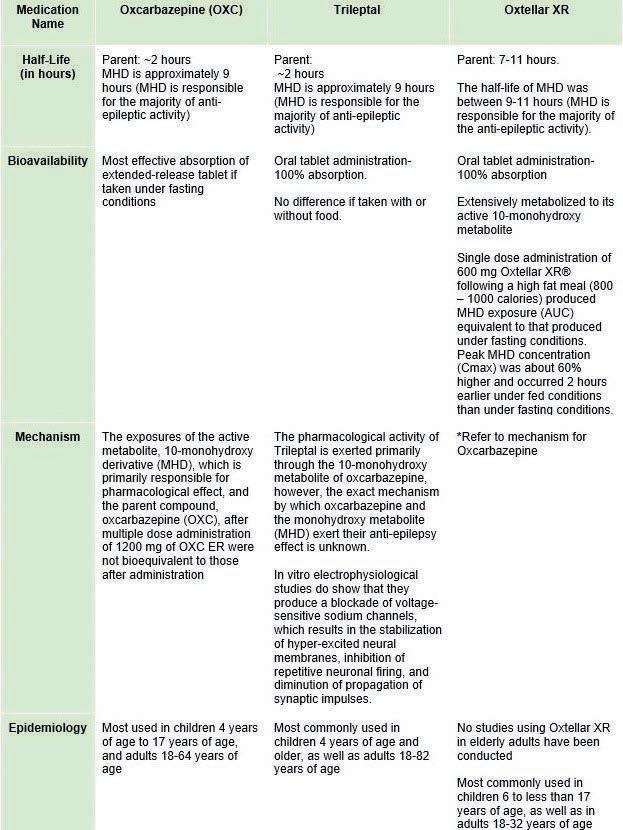Scholarly Research In Progress • Vol. 5, November 2021
Examining Health Literacy and Health Outcomes Among United States Immigrants and Non-Immigrants Jason L. McLeod1*‡, Muna M. Ahmed1*‡, Darin M. Chhing1*‡, Sami R. Hasan1*‡, Teresa N. James1*‡, and Yashoda T. Khatiwoda1*‡ ¹Geisinger Commonwealth School of Medicine, Scranton, PA 18509 *Master of Biomedical Sciences Program ‡ Authors contributed equally Correspondence: jmcleod@som.geisinger.edu
Abstract Background: Research on immigrant health is essential toward addressing the implications and needs of one of the largest growing demographics of the United States (U.S.) population. Immigrants face several challenges, including health literacy and access to health care. Many studies have shown that low health literacy is often associated with poor health outcomes. The goal of this study is to examine health literacy and health outcomes among immigrants who came to the U.S. between 1930 and 2011. Methods: A secondary analysis was completed using data from the Health Information National Trends Survey (HINTS) collected from 2011 to 2012. Several health literacy questions from the survey were used to score health literacy in our sample of 502 immigrants, composed of different races, who immigrated to the U.S. between 1930 and 2011. The health literacy questions included comprehension of the following topics: over the counter and prescription drugs, nutrition, and medical devices. To assess health outcomes in our samples, two questions about overall health and confidence in caring for oneself were used. Results: No statistically significant difference present between the health literacy score means of non-immigrant sample (n=1,646) and immigrant sample (n=203). A statistically significant difference was identified between the health literacy score means of Black/African American non-immigrants (n=274) and Black/African American immigrants (n=24) (t[25] = 2.493, p = 0.020). For both immigrant and non-immigrant samples, mean health literacy scores in association with results of health outcome assessments were relatively similar. Conclusion: Overall, high health literacy scores were noted among survey respondents. High health literacy was associated with high health rating and high health confidence among both immigrant and non-immigrant sample populations. NonImmigrant and immigrant health literacy score means were found to be relatively similar. Black/African American nonimmigrants had higher health literacy score means than Black/ African American immigrants. Additional analyses via collection of primary data and randomized surveys can emphasize and further elucidate the findings within this study. These strategies, combined with examination of poor health literacy, are anticipated to further reveal the influence of health literacy and socioeconomics on immigrant and non-immigrant populations.
Introduction Health literacy is the ability to comprehend and make decisions upon information regarding one’s overall health and/or the 194
health of close friends and family members (1). It is a critical factor that represents the degree to which individuals have the capacity to obtain, process, and comprehend basic health information and utilize the services needed to make appropriate and informed health decisions (2). Health literacy remains one of the major contributors to health disparities in the United States (U.S.), as approximately 80 million adults have limited or low health literacy (3). Factors that contribute to health literacy in the U.S. include, among others, a person’s level of education and their proficiency in the English language, along with one’s cultural background and environment (4). The U.S. is unique, in that it is composed of approximately 46 million immigrants, more than any other country in the world (5). The health of U.S. immigrants, and their access to health care services, features wide variability by aspects such as race, ethnicity, legal status, and citizenship (6, 7). Longstanding challenges faced by immigrant populations include difficulty navigating the U.S. health care system and accessing health information in their preferred language (8). In recent years, intensifying rhetoric discouraging immigrant-use of public health insurance programs, paired with aggressive enforcement of immigration practices and rescission of protections for those at risk for deportation, have worsened access and utilization of health care services among immigrants in the U.S. (9). Comprehensive understanding of the interrelation between health literacy and the health outcomes of immigrants to the U.S. may provide key insight into the development of strategies that seek to improve the health status of this growing demographic (10). Researchers have demonstrated findings indicating immigrants with both low health literacy and limited English proficiency as being more likely to exhibit poor health outcomes (2). Limited English proficiency can be a significant barrier between health care providers and immigrant patients, as these patients may experience difficulty in expressing their concerns, voicing questions, or following health care instructions (2, 11). Few studies have analyzed more recently published datasets from national samples to further elucidate the connection between health literacy and health outcomes among immigrant and non-immigrant individuals in the U.S. (12). The purpose of our investigation was to perform a secondary data analysis on participant responses from the Health Information National Trends Survey (HINTS) to examine health literacy and health outcomes in non-immigrant populations in comparison to those who immigrated to the U.S. Discussion of the results obtained through statistical techniques may suggest how health literacy interventions can be an effective tool in improving health comprehension, combating health disparities, and generating












































